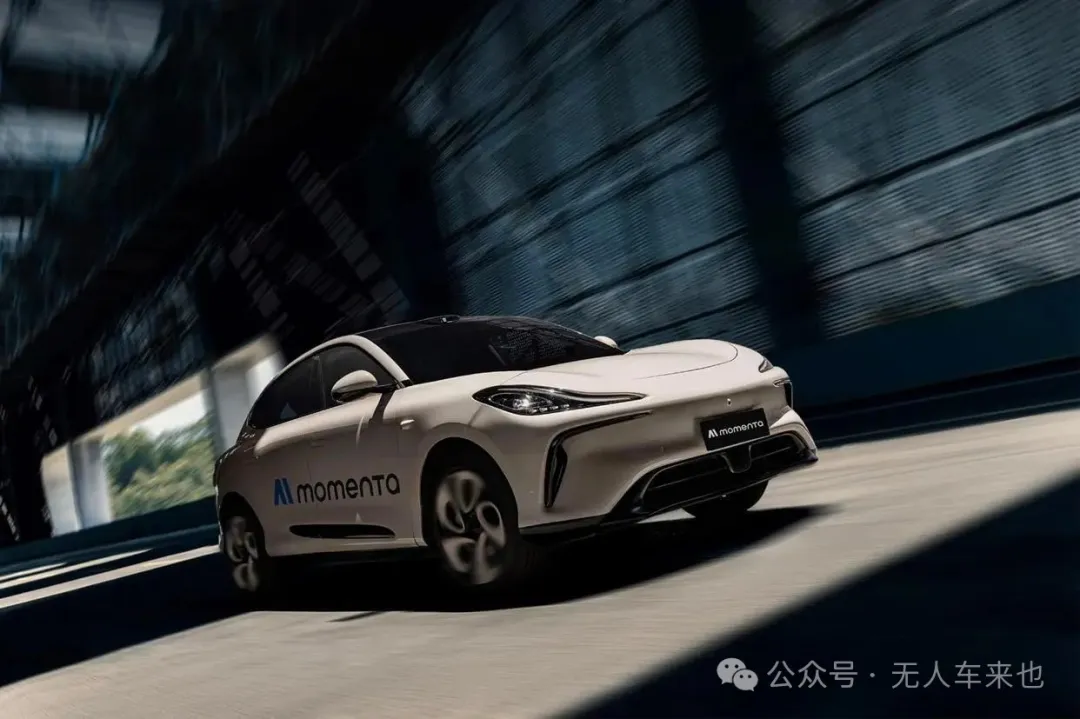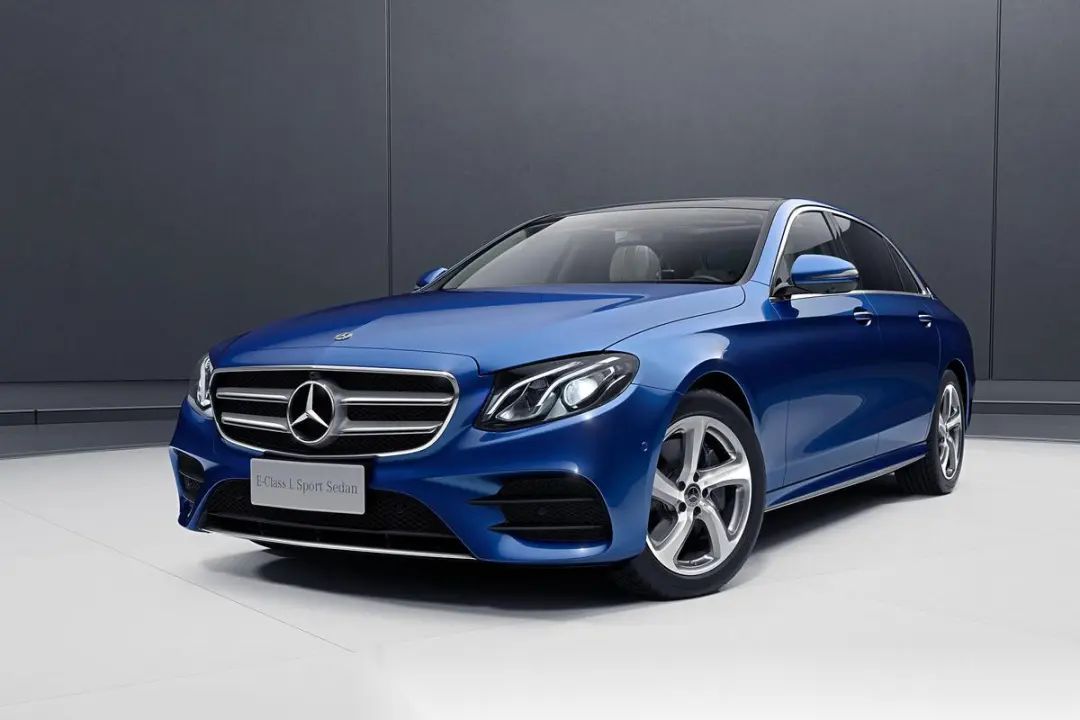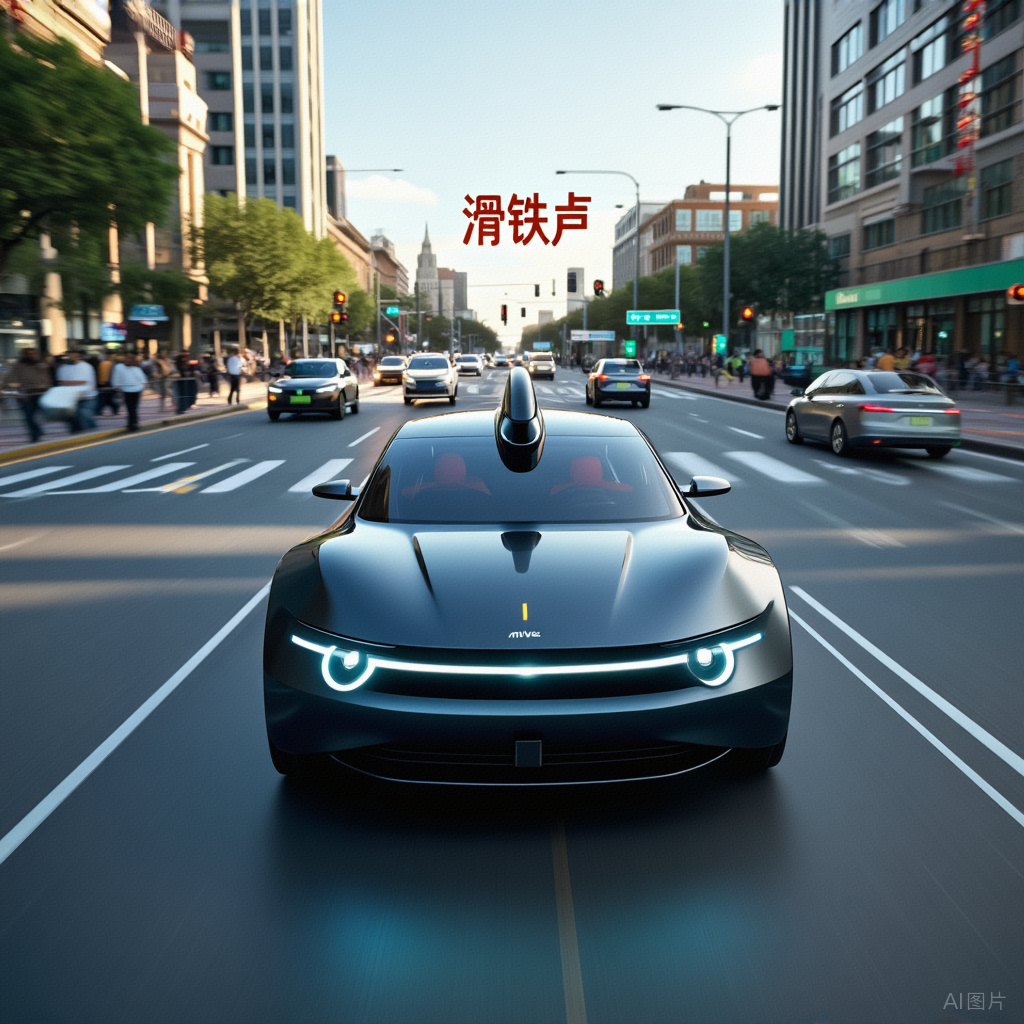NVIDIA's Autonomous Driving Setback: GM, Mercedes-Benz, and Jaguar Land Rover Switch to Momenta. How Does the Chinese Company Fare?
![]() 07/25 2025
07/25 2025
![]() 598
598
Introduction
NVIDIA, once the undisputed leader in autonomous driving, enjoyed a golden era marked by numerous collaborations with top automakers. It seemed poised to dominate the future of self-driving technology.
However, recent developments have taken a surprising turn. NVIDIA now faces obstacles in its autonomous driving endeavors, even being overshadowed by the Chinese company Momenta. Major clients like Mercedes-Benz have shifted their autonomous driving business for multiple models in China to Momenta. This sudden shift has left the industry reeling.
Today, let's delve into NVIDIA's tumultuous journey in autonomous driving.

I. NVIDIA's Ambitious Vision, Clouded by Reality
In March of this year, NVIDIA CEO Jen-Hsun Huang confidently announced a partnership with General Motors, envisioning a future where their technology would power a formidable autonomous driving fleet.
Huang painted a rosy picture of NVIDIA's automotive future, envisioning collaborations with giants like Toyota and Mercedes-Benz, and projecting autonomous driving revenues to soar to $5 billion by 2026.
The announcement sent shockwaves through the industry, with everyone anticipating NVIDIA to lead the autonomous driving revolution.
Yet, reality has a way of defying expectations. Earlier this month, GM executives gave an internal evaluation of NVIDIA's assisted driving solutions as "very scary," casting a shadow of uncertainty over their partnership.
According to 36Kr Auto, NVIDIA's autonomous driving team promptly reported this unfavorable outcome to Jen-Hsun Huang.
Moreover, Mercedes-Benz had already expressed dissatisfaction with NVIDIA's assisted driving performance prior to GM's evaluation.
II. Mercedes-Benz Shifts Allegiance, Momenta Takes the Lead
Last June, Mercedes-Benz CEO Ola Källenius and the CTO conducted a cross-city test spanning over a thousand kilometers in the United States, a test that can be seen as a direct comparison of assisted driving technologies.
They drove vehicles equipped with both NVIDIA and Momenta assisted driving systems, traveling between Los Angeles and San Francisco.

It was widely anticipated that NVIDIA, in its home turf of North America, would easily triumph. However, the results stunned Mercedes-Benz leaders. Even in familiar territory, NVIDIA's assisted driving performance fell short of Momenta, a company that had been established for just a few years.
It's not that the difference was subtle; it was glaringly evident!
Notably, the software Momenta used for the test was a 'temporary contestant' debugged in less than a month, yet it still outperformed NVIDIA. No wonder NVIDIA's automotive business head, Wu Xinzhou, expressed internal dissatisfaction upon learning the results.
Currently, Mercedes-Benz has decisively transferred the assisted driving business for multiple models in China from NVIDIA to Momenta. For Jen-Hsun Huang, this is a humbling blow, coming just after he visited China to showcase NVIDIA's prowess at the Chain Expo!
Adding insult to injury, another NVIDIA software customer, Jaguar Land Rover, has also begun quietly searching for new assisted driving suppliers.
With major automakers voting with their feet, is NVIDIA feeling the heat?
There are even claims that NVIDIA employees in China are barely engaged with automotive projects anymore. The contrast couldn't be starker.
III. What Led to NVIDIA's Downfall?
How could NVIDIA, once a formidable force in autonomous driving, suddenly lose its footing?
There are several underlying reasons.
First, let's consider the technical aspect. The field of assisted driving and autonomous driving technology is evolving rapidly, and a first-mover advantage does not guarantee perpetual dominance.
It's like rowing against the current; if you don't advance, you'll be swept away!
Take algorithms, for example. The current trend favors data-driven and end-to-end architectures. Momenta's pioneering Flywheel Large Model, through a data-driven approach, enables the system to continuously learn and evolve from real driving data, making it more flexible and intelligent than traditional modular methods.
Furthermore, when dealing with complex road conditions and scenarios, such as China's unique mixed traffic with various electric vehicles, tricycles, and pedestrians, Momenta's technical solutions are better adapted and can make more reasonable decisions.
NVIDIA may not have kept pace with these new technological trends, leading to its performance being surpassed.

From a market and customer demand perspective, different regions have distinct preferences and requirements for assisted driving functions.
Automakers like Mercedes-Benz face fierce competition in the Chinese market, where consumers have increasingly high demands for intelligent driving experiences. Naturally, automakers hope that the assisted driving system can better adapt to Chinese road conditions and user habits.
NVIDIA may have previously focused more on globally applicable solutions without deeply exploring the nuances of the Chinese market.
In contrast, Chinese companies like Momenta have a thorough understanding of domestic road conditions and driving habits. The assisted driving functions they develop can better meet the needs of Chinese consumers, especially in complex scenarios like intersections and narrow streets.
This makes automakers like Mercedes-Benz more inclined to entrust their business to Chinese companies like Momenta.
IV. The Rise of Chinese Autonomous Driving Companies, Reshaping the Industry
NVIDIA's setbacks reflect the robust rise of Chinese autonomous driving companies, reshaping the global industry landscape.
Since its establishment in 2016, Momenta has adhered to a product strategy of 'one flywheel and two legs.'
'One flywheel' refers to data-driven technical insights, continuously optimizing algorithms through massive real driving data.
'Two legs' refers to the coordinated development of intelligent assisted driving and autonomous driving Robotaxi. Intelligent assisted driving provides data flow for autonomous driving Robotaxi, which in turn feeds back technological advancements to the former.
This unique model has fueled Momenta's rapid growth. By April 2025, during the Shanghai Auto Show, the cumulative number of cooperating mass-produced models had exceeded 130.
From January to October 2024, the market share of third-party intelligent driving for urban assisted driving reached 60.1%. Among the top 10 global automakers, 7 have established cooperation with Momenta.
Besides Momenta, numerous other outstanding autonomous driving companies are emerging in China.
For example, Pony.ai has achieved remarkable results in Robotaxi operations and technological research and development, with commercial operations already underway in multiple cities. Its technological prowess has been widely recognized.

WeRide is also constantly deepening its roots in the field of intelligent driving, collaborating with numerous automakers and travel platforms to expand its business territory.
Relying on their profound understanding of the local market, strong technological R&D capabilities, and efficient innovation models, these companies are shining brightly on the global autonomous driving stage.
NVIDIA's stumble in the autonomous driving field is a landmark event in the industry's development.
It underscores that even industry giants cannot rest on their laurels and rely solely on past achievements. Technological innovation and market insight are indispensable.
Whether multinational or local enterprises, they must continuously innovate and adapt to market changes to remain competitive.
In summary, Unmanned Vehicles also believes that:
When German engineers start learning Chinese technical terms, and when Jen-Hsun Huang removes the title 'Autonomous Driving Leader' from his PPT, it signifies that the war that began with algorithm code has long rewritten the century-old automotive power map. Perhaps the cruelest revelation is that in the realm of autonomous and intelligent driving, computational power hegemony will eventually bow to scenario intelligence. What do you think?








